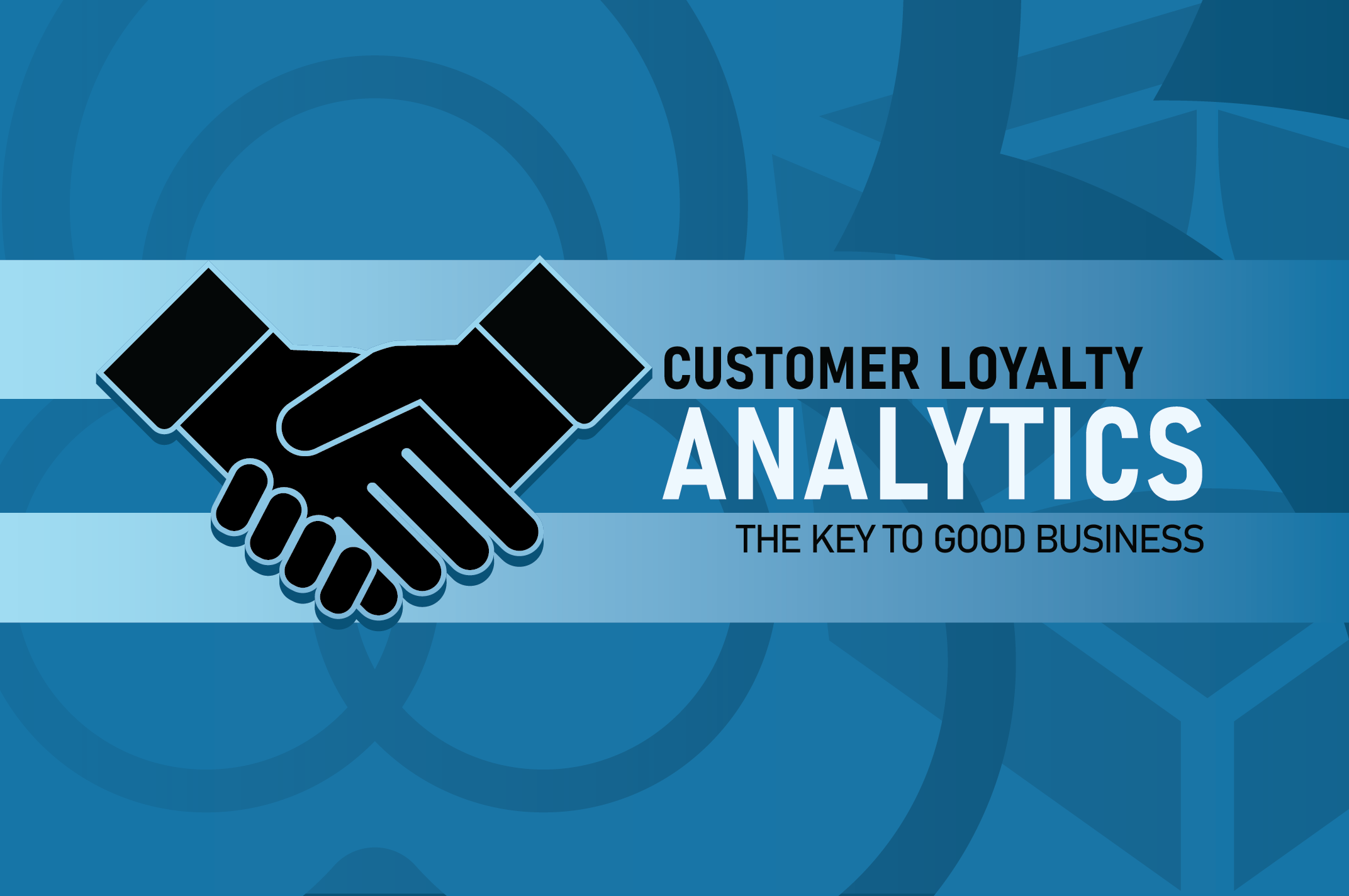Insightful Updates
Stay informed with the latest news and trends.
Loyalty Retention Analytics: The Secret Ingredient for Happy Customers
Unlock the secret to happy customers! Discover how loyalty retention analytics can transform your business and boost satisfaction today!
Understanding Loyalty Retention: Key Metrics to Track for Customer Happiness
Understanding Loyalty Retention is critical for businesses aiming to enhance customer happiness and maintain a competitive edge. Central to this concept are several key metrics that help measure how well a company retains its customers. One of the most important metrics is the Customer Retention Rate (CRR), which calculates the percentage of customers a business retains over a specific period. Tracking CRR can provide valuable insights into customer satisfaction and the effectiveness of loyalty programs. Additionally, the Net Promoter Score (NPS) serves as an essential gauge by assessing the likelihood of customers to recommend a brand, which directly correlates with customer happiness.
Another vital metric is the Customer Lifetime Value (CLV), which estimates the total revenue a business can expect from a single customer throughout their relationship. A higher CLV indicates that a brand has successfully ingrained itself in its customers' lives, fostering loyalty and satisfaction. Furthermore, monitoring Churn Rate, the percentage of customers who stop doing business with a company during a given timeframe, can help identify pain points in the customer experience. By focusing on these key metrics, businesses can develop strategies that prioritize customer happiness and ultimately enhance loyalty retention.

Counter-Strike is a highly popular first-person shooter game that has evolved over the years, captivating millions of players worldwide. The game emphasizes teamwork, strategy, and skill, leading to intense competitive play. For those looking to enhance their gameplay experience, utilizing resources like a clash promo code can provide valuable in-game benefits.
How Loyalty Retention Analytics Can Transform Your Customer Experience
Loyalty retention analytics play a crucial role in shaping the customer experience by providing valuable insights into consumer behavior and preferences. By analyzing customer data, businesses can identify patterns and trends that reveal how loyal customers interact with their brand. For instance, utilizing loyalty retention analytics can help companies understand which rewards and incentives resonate most with their audience, enabling them to tailor their offerings. This not only enhances customer satisfaction but also fosters long-term relationships, encouraging customers to return more frequently.
Moreover, leveraging these analytics allows businesses to anticipate customer needs and proactively address potential issues before they arise. For example, by tracking metrics such as purchase frequency and engagement levels, companies can implement targeted communication strategies to re-engage at-risk customers. In doing so, they can create a seamless and personalized experience that makes customers feel valued, ultimately transforming their loyalty journey. This data-driven approach to customer experience creates a competitive advantage that is difficult for competitors to replicate, establishing brand loyalty in an increasingly crowded market.
What Are the Best Strategies for Enhancing Customer Loyalty through Data Insights?
Enhancing customer loyalty through data insights is a strategic approach that relies on understanding customer behavior and preferences. One of the most effective strategies is utilizing customer segmentation to tailor personalized experiences. By analyzing demographic data, purchase history, and customer feedback, businesses can group customers into segments and deliver targeted marketing campaigns. For example, loyalty programs can be customized to cater to the specific needs of different customer segments, ensuring that rewards resonate and encourage repeat purchases.
Another vital strategy involves leveraging predictive analytics to forecast future behavior. By understanding trends in customer data, businesses can proactively address potential churn before it occurs. For instance, if data indicates a decline in engagement from a particular segment, companies can implement retention strategies, such as special promotions or personalized outreach, to re-engage these customers. Additionally, regularly soliciting customer feedback allows brands to adjust their offerings based on real-time data insights, fostering a sense of community and trust that solidifies customer loyalty.